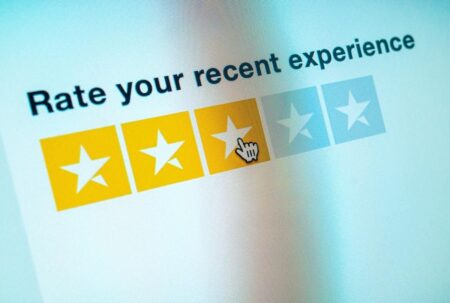Mark Cunningham is the CEO of The Achieve Institute. His unique performance tools help organizations achieve peak results.
Today’s workforce is under tremendous stress in the new normal. According to Mercer’s 2024 Global Talent Trends report, 82% of employees feel at risk of burnout, up from 63% in 2019. I think it’s fair to say we’re in the midst of a workplace mental health crisis in the United States and abroad. Client CEOs tell me they’re more concerned than ever about this debilitating productivity issue, yet this issue continues to be pervasive. What can be done?
Identifying The Causes
There are many factors contributing to this phenomenon:
• The new remote/hybrid model means employees are more isolated, with return to the office (RTO) being a major dissatisfier.
• Every organization is facing continuous, rapid change, and it’s accelerating.
• We are always accessible with smartphones, tablets and wireless connectivity.
How Leaders Can Help Their Teams
There are three subtle yet critical changes you can make to enhance the well-being of your teams to begin to counteract the issue:
1. Define what success looks like in your current reality.
Often people are not defining success or their definition is not grounded in reality. This creates cycles of disappointment, which can lead to burnout. When done right, defining success can set your teams up for a daily sense of accomplishment, which is critical. If not, the opposite tends to happen. This is common sense, but unfortunately, not common practice.
2. Create cycles of success.
Proactively encourage your teams. The goal is to create incremental wins that lead to cycles of success so your teams feel energized for doing a good job and not chronically overwhelmed. People tend to move on without any sense of accomplishment. It is important to take the time to acknowledge our successes so we feel energized as we lean into our next tasks. This helps counteract the numbing feeling of an endless to-do list.
3. Be aware of the left column vs. the right column.
The left column refers to behavior that tends to be unhappy, overwhelmed and unproductive (and backward looking). Whereas in the right column, people focus on what’s possible and tend to be more motivated and confident, which leads to peak performance. Left column/right column is as simple as people being more productive when they are “on.”
To help position your teams into the right column, try this: Have them rate themselves 0-10 each day for two weeks and review (1 = I can’t get out of bed, 10 = feeling good about my results, feeling unstoppable). If the average is 3, you want to get it to 4, then get to 5. Be aware the scorecard can help with attitude, morale and culture because it can motivate the team to see improved results. After a month, the numbers should improve.
How Leaders Can Improve
Leaders play a key role in their team’s and organization’s performance and success. Ask yourself daily: Have I created an inspiring future for my team?
People’s perceived future plays a key role in productivity and how people show up every day in their jobs. For employees, an uninspired future will lead to an uninspired and unproductive workforce.
Here are some tips on how to connect your teams to an inspiring, motivating future.
1. Work to change people’s perceived future.
When you change people’s perceived future, you change their present reality and mentality. Inspired employees, not surprisingly, have improved well-being and are more motivated, which leads to greater productivity and job satisfaction.
2. Create a team atmosphere where you share successes and failures.
When a team is successful, the entire team gets to feel and enjoy that success, not just the successful individuals. Shared success becomes contagious and creates a positive approach and better work environment in your group. I refer to this as the operating framework. This creates a strong team identity and more of a sense of connection to people with whom you work. This shared success and positive environment helps significantly with common feelings of being alone and isolated, especially in this new normal of remote/hybrid work environments and cultures.
One simple trick that works: Communicate with a focus on “we,” not “I.” For example, “We achieved this” shares positivity across the team, which can improve teamwork and the viewing of colleagues as teammates vs. peers.
These techniques address these very real challenges to unlock productivity and increase engagement and morale while successfully navigating the growing productivity and mental health challenges we all see daily. We can focus on specific ways to thrive in today’s new normal through a series of high-performance habits proven to create a learning experience that successfully drives productivity while also focusing on building happier, healthier and more engaged teams and organizations.
Forbes Business Council is the foremost growth and networking organization for business owners and leaders. Do I qualify?
Read the full article here











